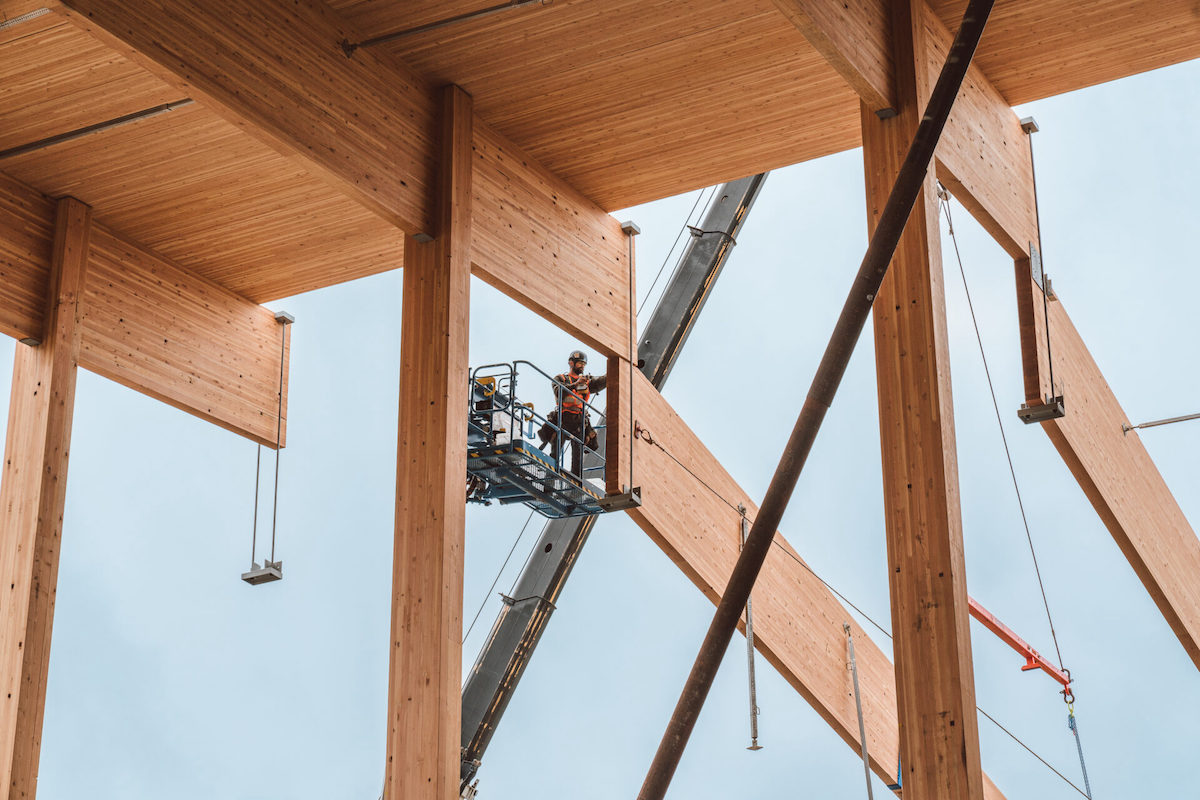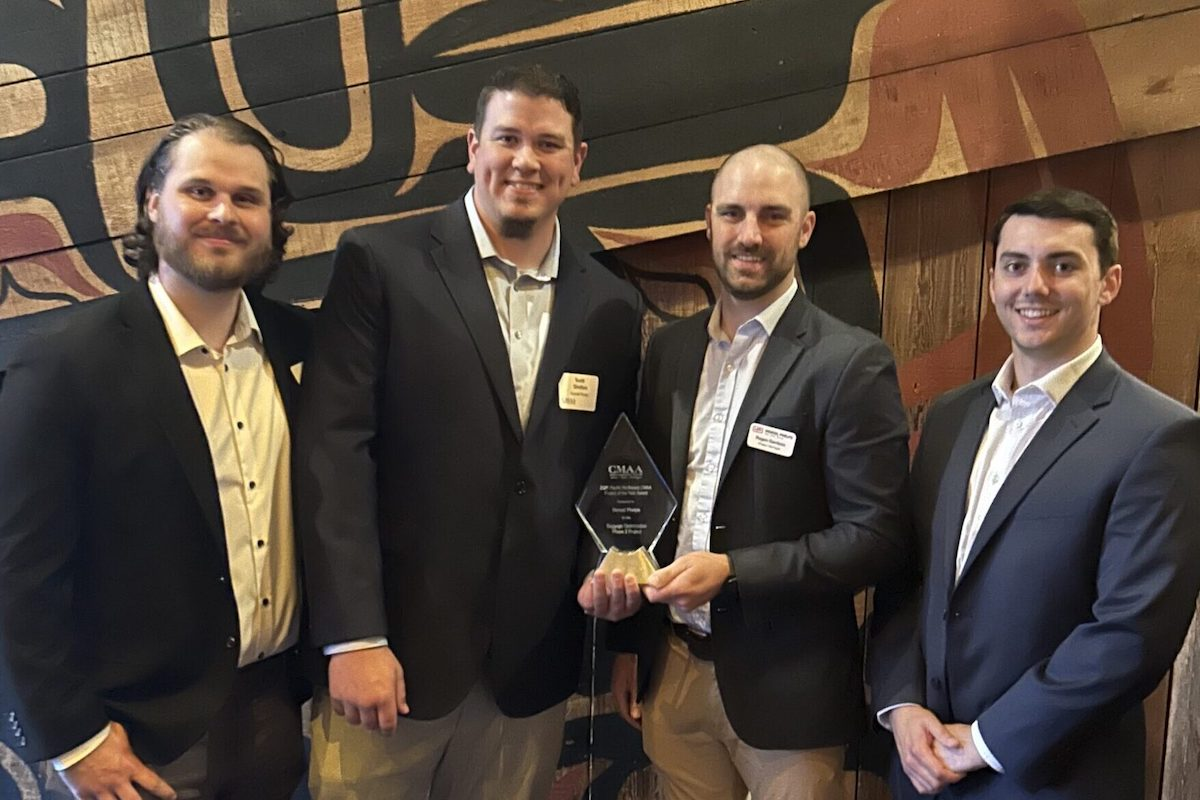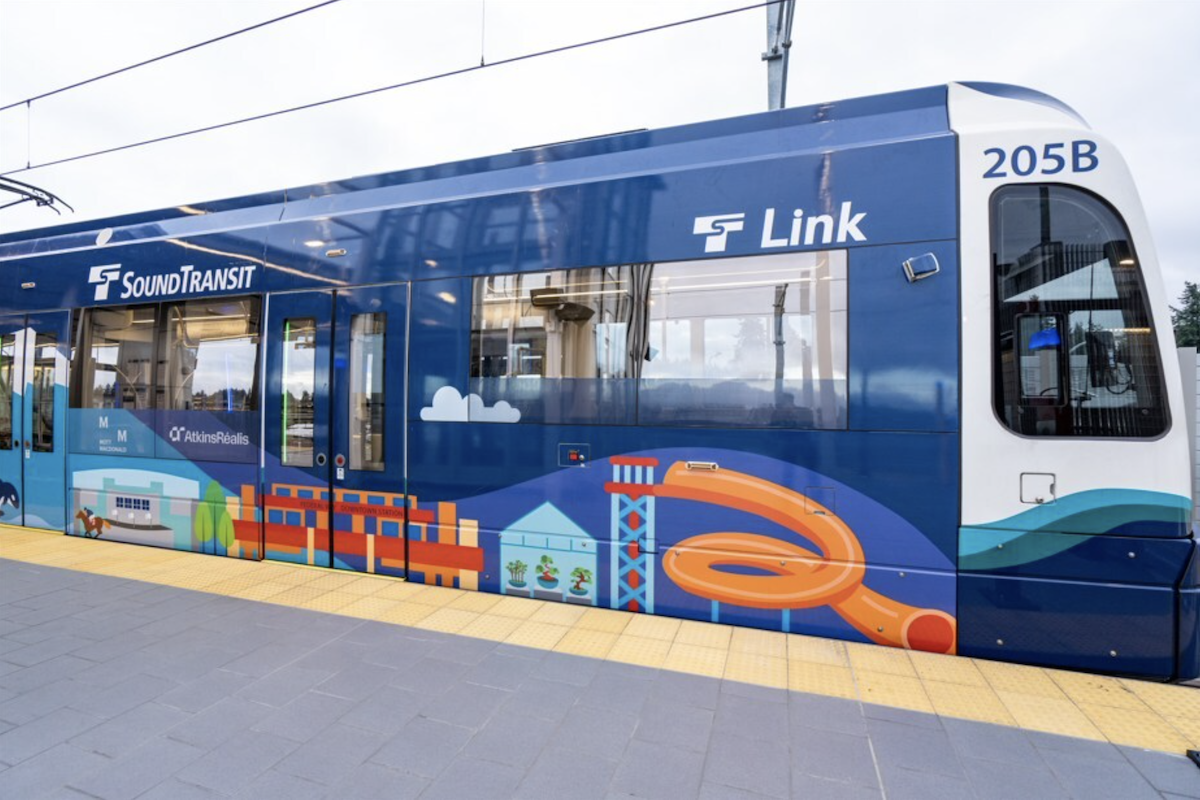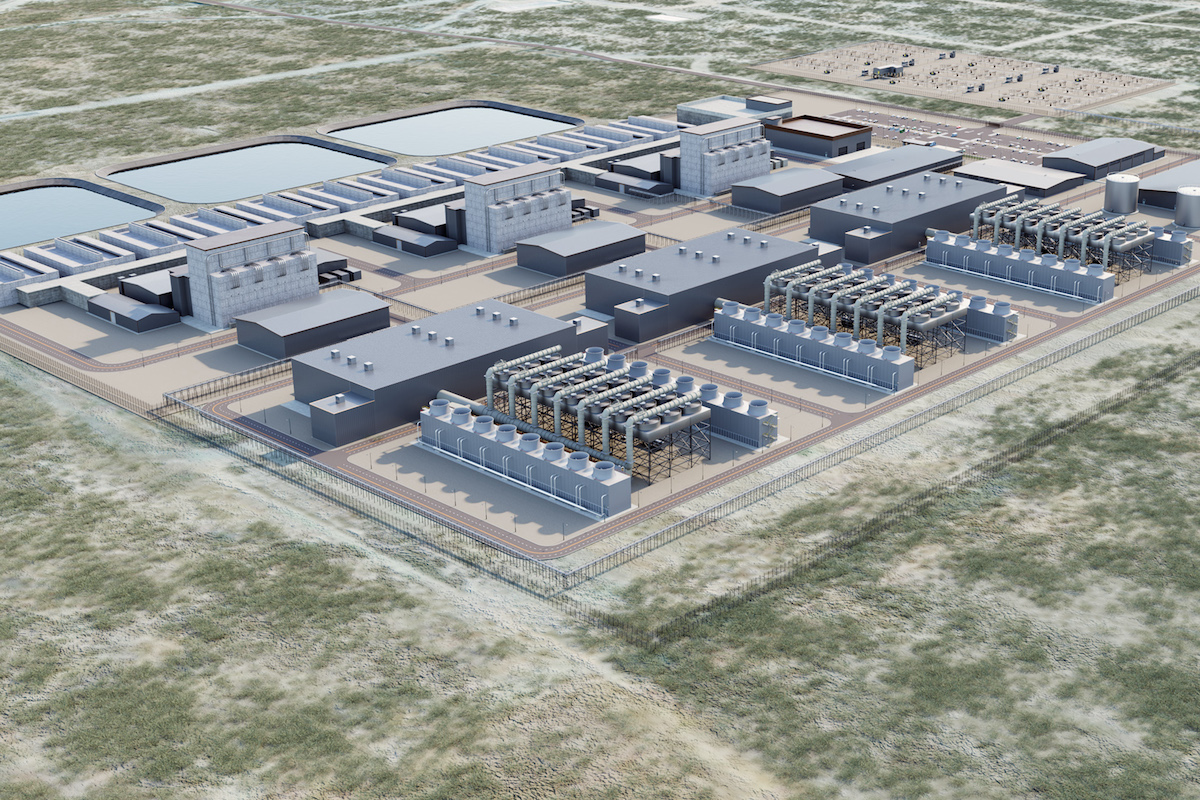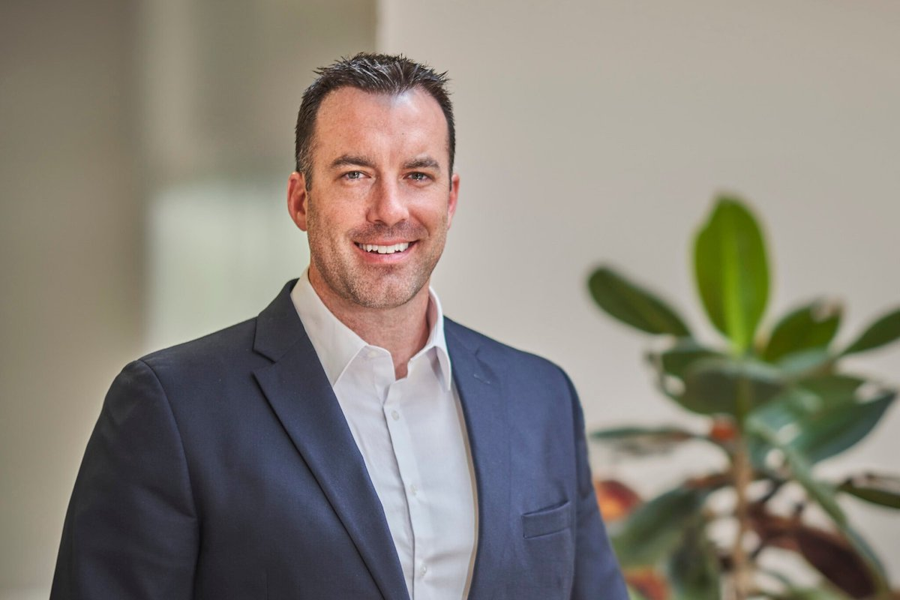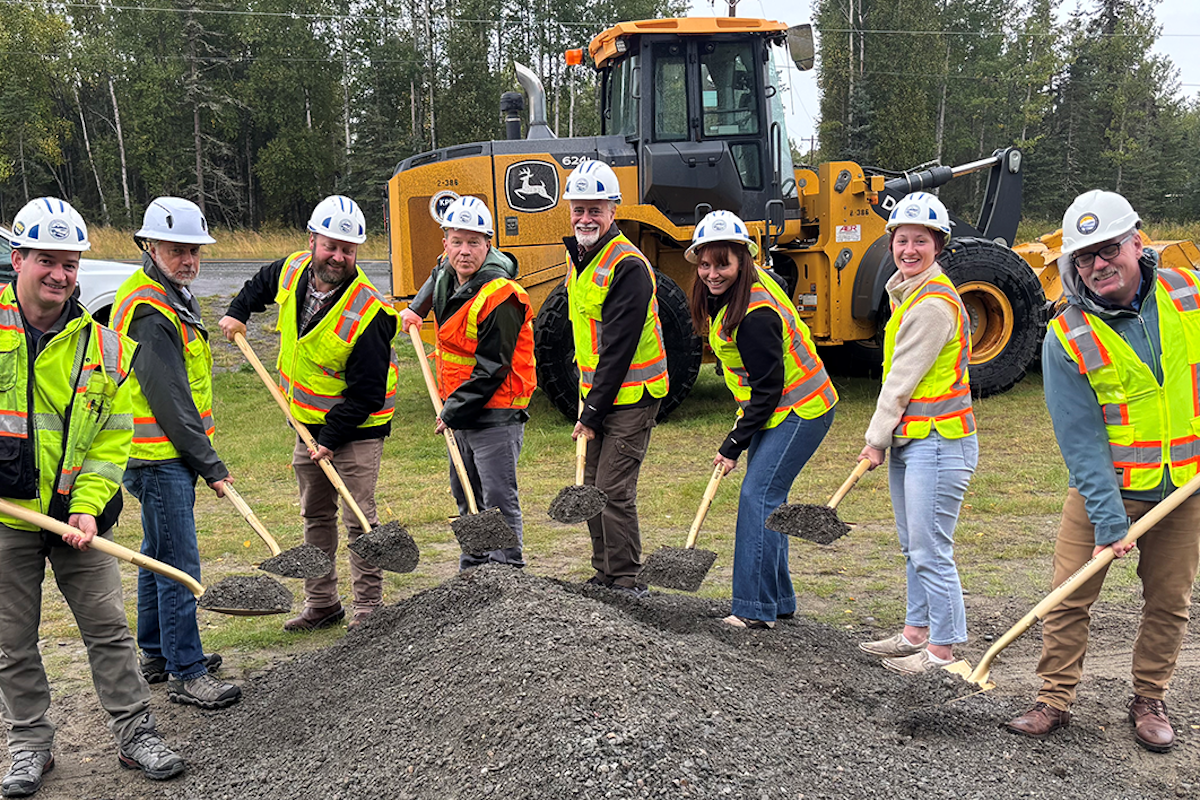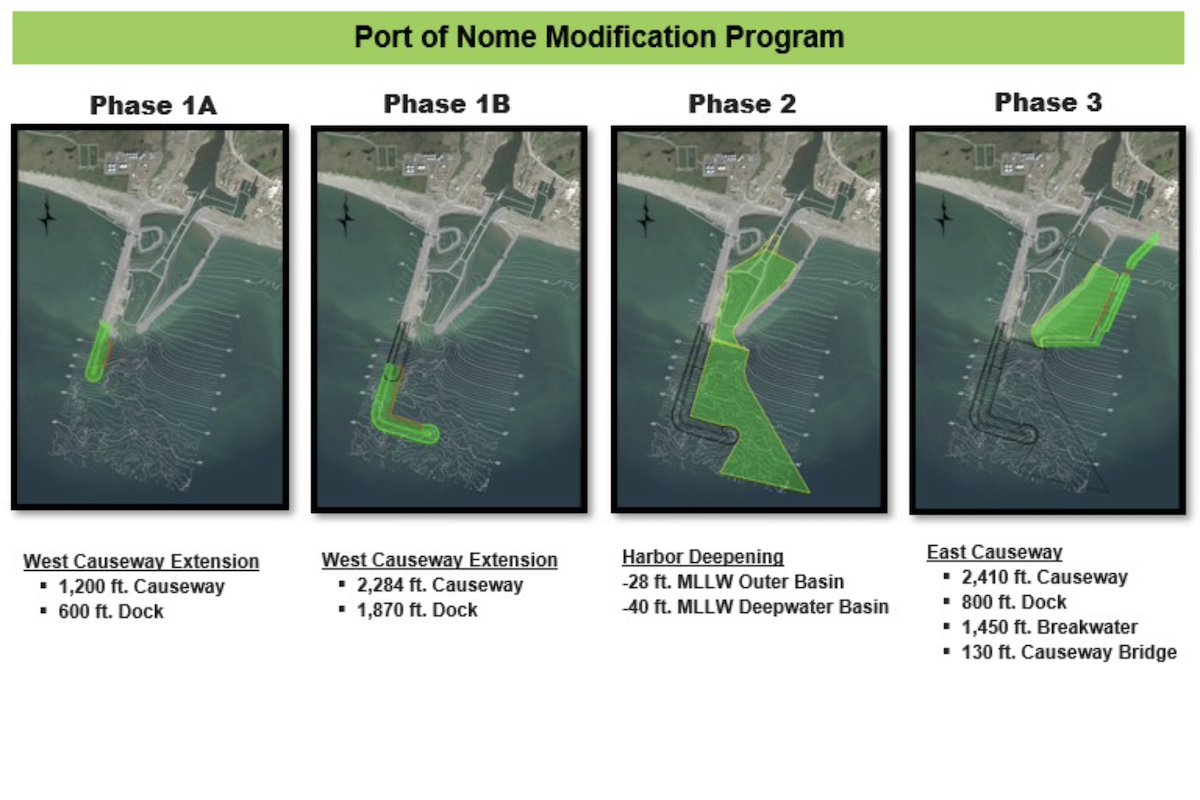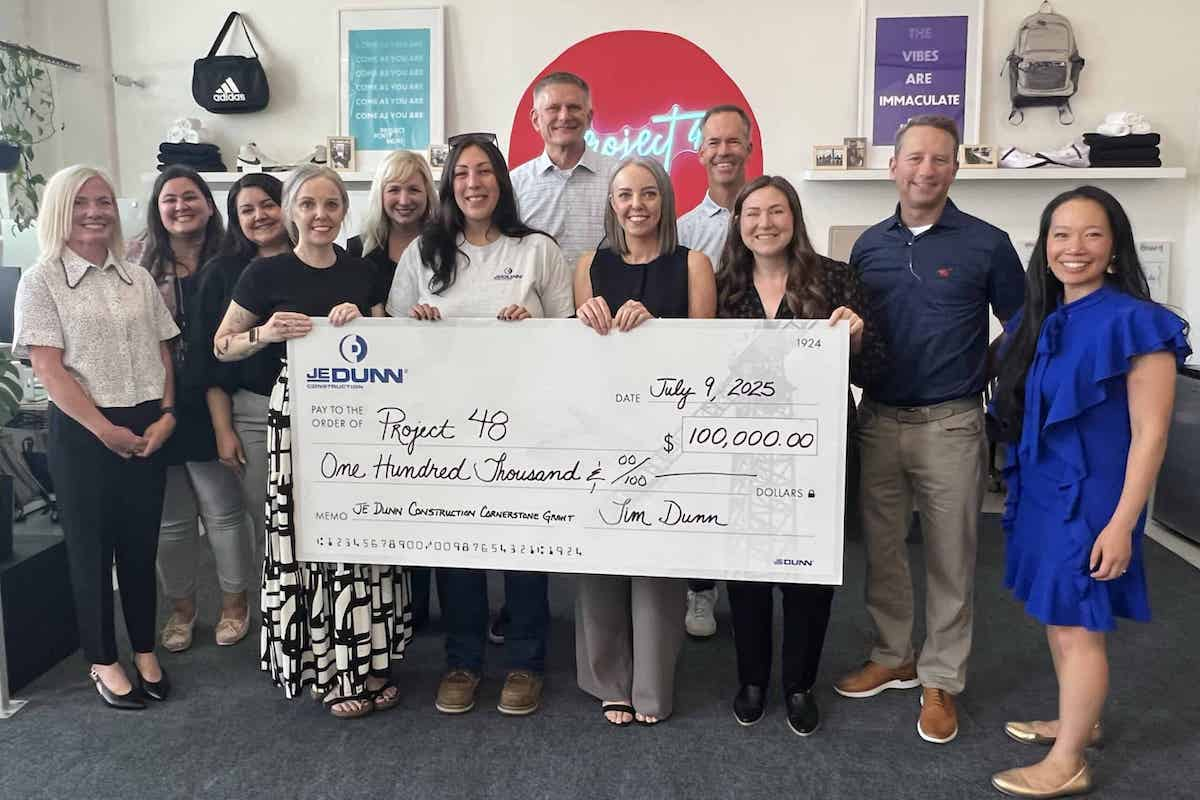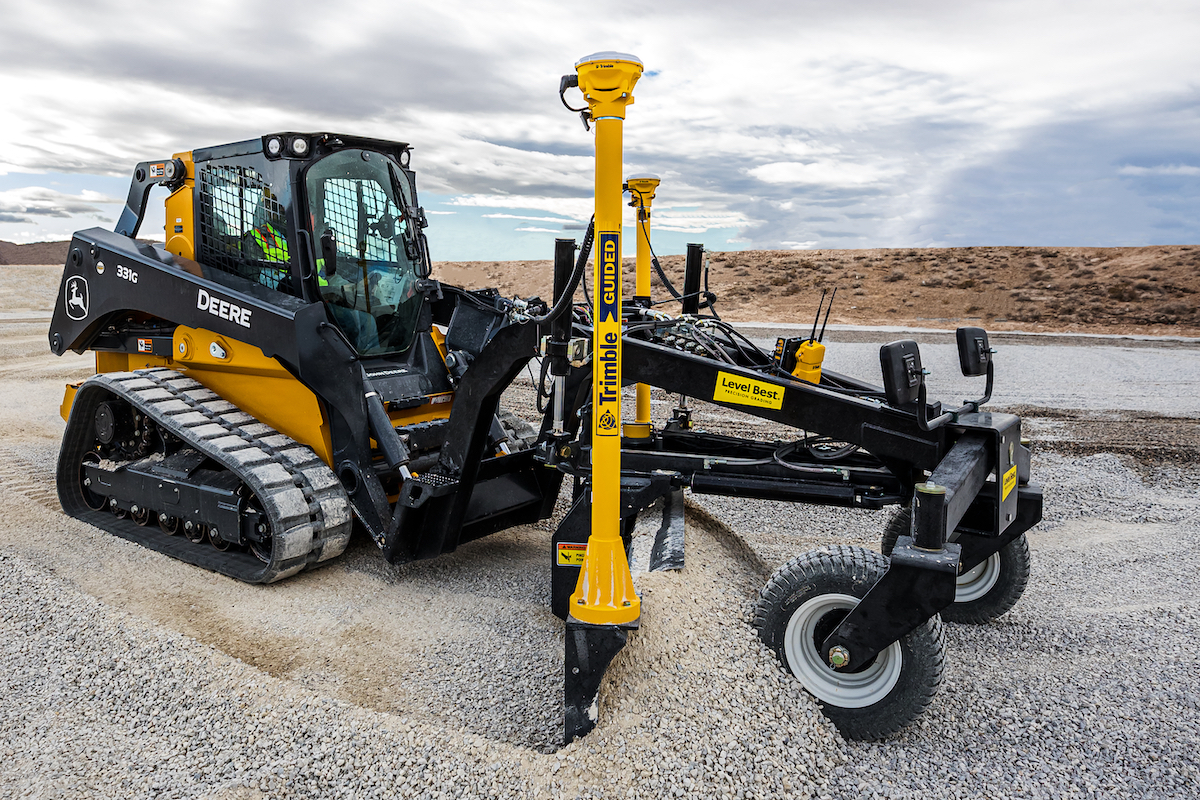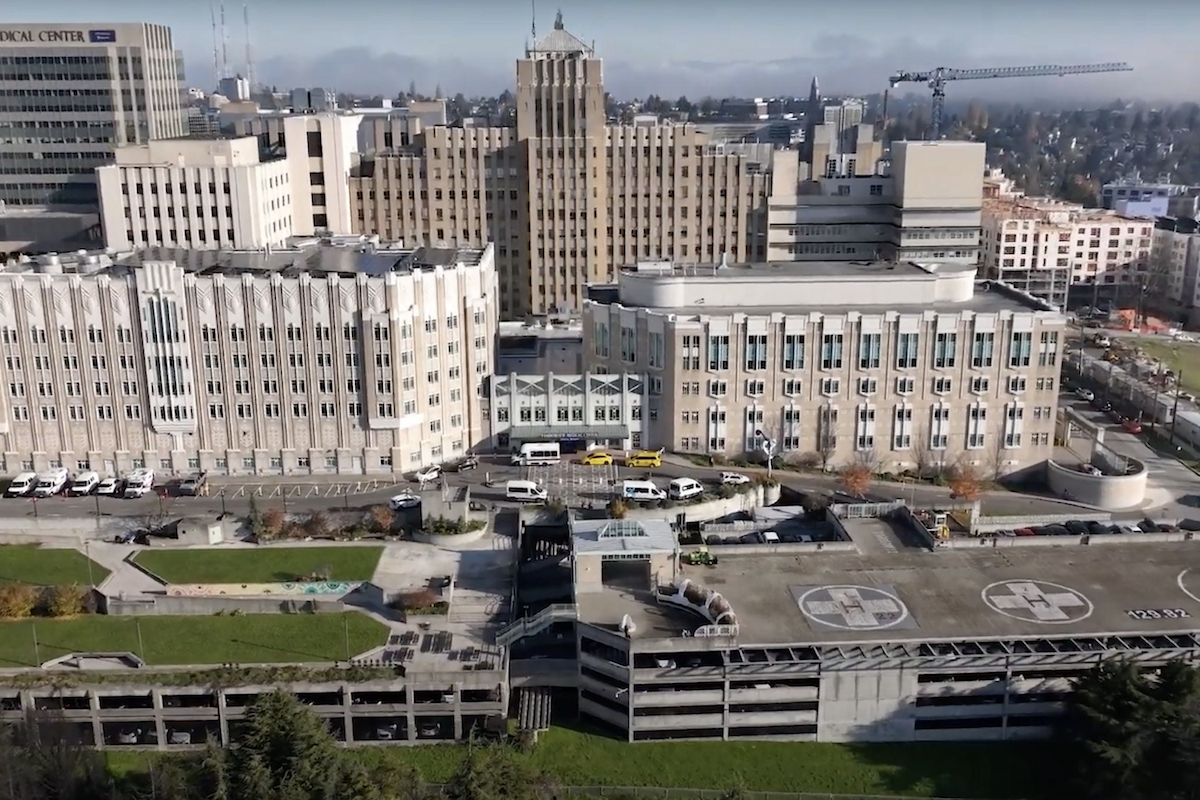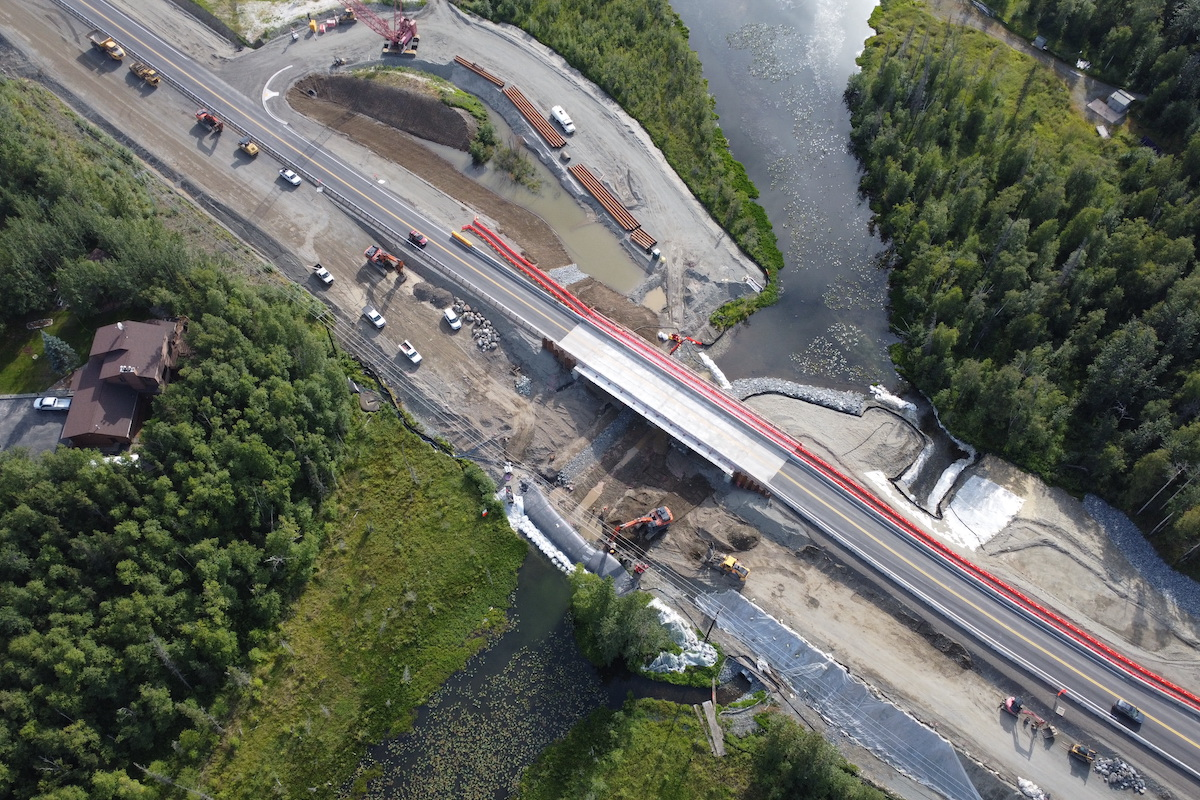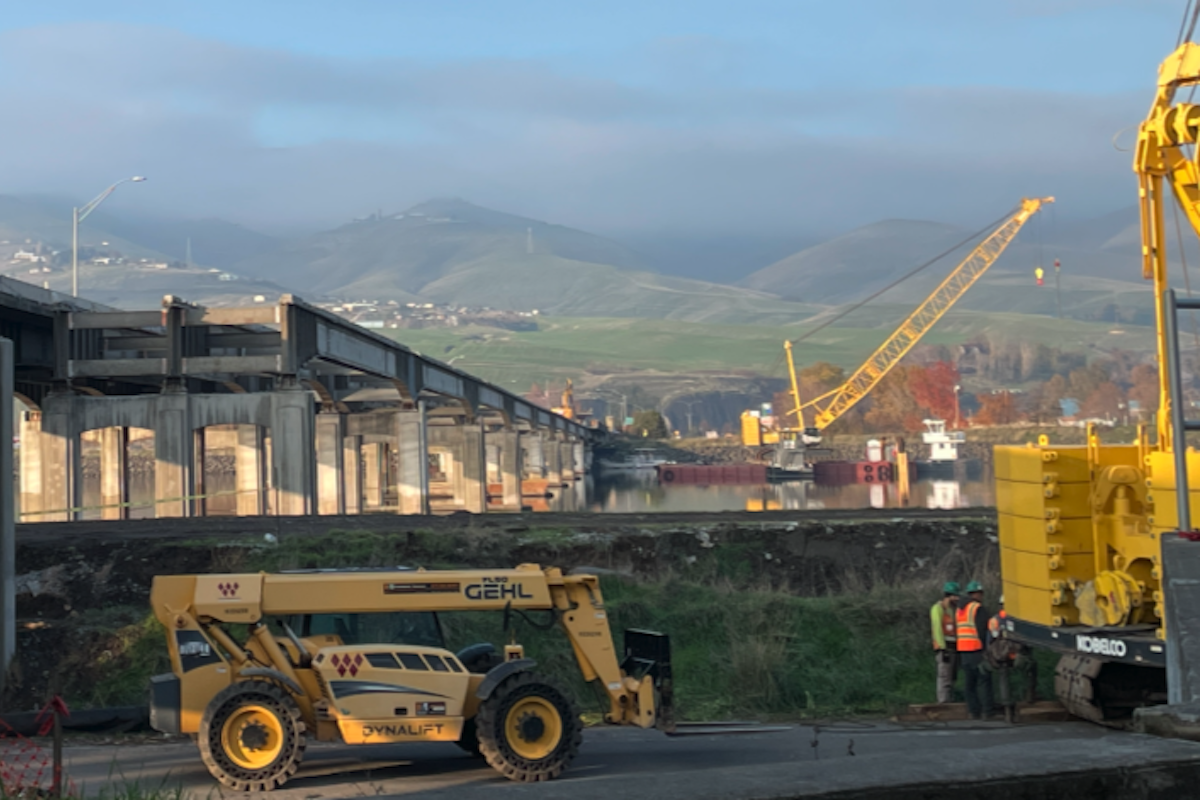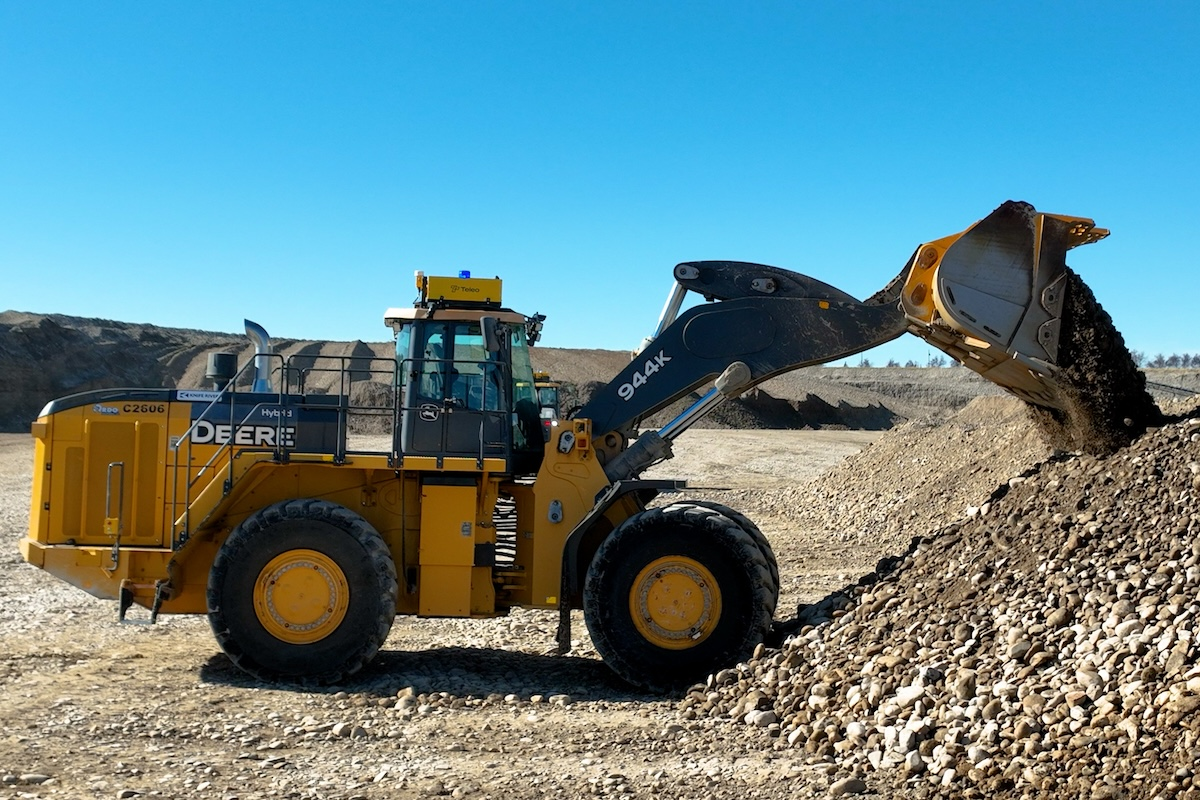Currently, WSDOT is focused on delivering a suite of projects collectively known as the “Rest of the West,” which represents the final phase of the SR 520 program. Together, these remaining construction packages total $1.6 billion and involve reconstructing the highway segment between Lake Washington and I-5.
One major project element is the replacement of a 1960s-era, seismically vulnerable, four-lane approach bridge in Union Bay with a modern, three-lane structure to ferry eastbound traffic from Seattle’s Montlake neighborhood to a floating bridge crossing Lake Washington. The new bridge, which will contain two general-purpose lanes and one transit/HOV lane, is designed to complement a recently constructed approach bridge to the north.
“Unlike typical roadway construction, or even rural construction, we are building a 1.2-mile-long eastbound bridge over a lake, adjacent to westbound lanes and doing it all in a heavily populated area. The design-build contractor is tackling this by using two sets of gantry cranes to do most of the heavy lifting,” says Steve Peer, Media and Construction Communications Manager for WSDOT’s SR 520 Bridge Replacement and HOV Program.
The brilliant blue gantry cranes – each one 69 feet tall and 98 feet across – are working in pairs from two temporary trestles located on the north and south sides of the existing bridge. A total 2.25 million square feet of trestle containing approximately 63,000 linear feet of I-beam is required for the project.

| Your local Metso Minerals Industries Inc dealer |
|---|
| PacWest Machinery |
| Westate Machinery Co |
American Bridge Company is spearheading the gantry crane operation. Attached to giant 6-foot-tall wheels, the cranes with 100-ton lift capacity are designed to glide across the temporary work platforms as crews lift out sections of the old bridge and lower in sections of the replacement structure, which will contain 470 concrete girders and 120 precast substructure elements. Peer likens the efficiency of this process to “a rolling disassembly and assembly line.”
“Using this method has several advantages,” he explains. “Crews are able to remove large sections of the old bridge and demolish them off-site – reducing noise and dust and, maybe most importantly, preventing debris from falling into the lake. The gantry cranes also allow us to build the bridge from above rather than from below, which reduces the environmental footprint of having to construct a larger work bridge.” In the lake’s deeper waters, crews will use barges to perform bridge teardown and erection activities.
Additionally, the project team is reconstructing the SR 520/Montlake Boulevard East interchange and removing the existing eastbound Lake Washington Boulevard on-ramp to SR 520 near the Washington Park Arboretum. The improved Montlake interchange design features a landscaped freeway lid that will serve as a hub for multimodal connections. In addition to open spaces and urban trails, the lid will contain a transit plaza, local and regional bus stops, direct-access transit/HOV ramps between Montlake and Seattle’s Eastside suburbs, and a dedicated shared-use path across Lake Washington connecting to existing local and regional trails.
Crews are also tasked with construction a “land bridge” over SR 520. This shared-use path for pedestrians and bicyclists, located east of the lid, will provide a north-south connection across the highway between the arboretum and destinations such as East Montlake Park and the University District.
“Just a few feet away, more than 84,000 vehicles are using the existing westbound bridge that is, during construction, carrying the eastbound and westbound traffic. Challenges include placing, vibrating, and impacting steel piles and operating large cranes and equipment within a few feet of the existing structure,” comments Greg Meadows, WSDOT’s SR 520 Montlake Project Construction Manager. The project location, he adds, limits access to the site for the workforce and material deliveries.

| Your local Somero dealer |
|---|
| American Construction Supply |
Work restrictions due to fish migration seasons and certain recreational events on the lake are other obstacles requiring careful scheduling and coordination efforts as well as efficient construction methods.
“Due to area fish migration, crews are only able to work underwater about eight months of each year. That means careful planning and execution are a must. If we miss the opportunity to work under the water line, we potentially have a four- to six-month wait to complete that work, which would add time to the end of the project. The project spans four in-water work restriction seasons and a delay to any one of them would be difficult to recover from,” Meadows notes.
Currently, the SR 520 Montlake Project is on track to achieve substantial completion in 2023. The remaining Rest of the West improvements are scheduled to take place between 2021 and 2029.
“We’re working in an urban environment, and a large residential neighborhood borders much of the project. So, to be a good neighbor, we’re limiting noisy work, coming up with quieter methods to do the work, and are trying to complete the bulk of the work during daytime hours,” Meadows says. To reduce noise, the contractor is using methods/materials such as noise shields around loud equipment; trucks with rubber-lined bed liners; vehicles equipped with ambient-sensitive, self-adjusting backup alarms; and noise-dampening systems like Acoustifence.
Peer notes, “A lot of the noise reduction actually started with careful planning before construction started. After receiving input from the neighbors and local agencies, we agreed to restrict noise during evenings, abide by certain noise levels at certain times, and provide independent noise monitoring to detect if the noise levels peak.”

| Your local Trimble Construction Division dealer |
|---|
| SITECH Northwest |
Other measures to mitigate construction impacts include dust control (e.g., site watering), minimized disruptions to neighborhood street access, and visual screening through the installation of fencing and by planting of fast-growing trees. The design-build team is even offering performance incentives to subcontractors that go above and beyond community, mobility, and environmental contract requirements.
Input from community members and stakeholders has also led to innovative strategies to reduce infrastructure impacts on the environment as well as construction-related pollution. According to 520history.org, an educational website developed as part of the SR 520 program, one design refinement to the new eastbound SR 520 bridge succeeded in reducing concrete volumes by nearly 40 percent. The project is also maximizing the use of locally sourced materials to bolster the regional economy and reduce transportation-generated greenhouse gases and pollution.
Josh Stepherson, Founder and Principal of Seattle-based Stepherson & Associates Communications (S&A), is one who can attest to value of this practice. His firm – a federally certified Disadvantaged Business Enterprise (DBE) and a Washington state-certified DBE and Minority Business Enterprise (MBE)—is leading all community outreach and engagement as a subconsultant to Graham, which has been “a great partner from day one,” he says.
“Graham immediately integrated us into the design-build team and has provided us with the resources necessary to do our job effectively. I have the highest regard for the way they run their projects and how they support their subcontractors,” Stepherson adds.
S&A’s scope of work includes staffing a drop-in information center office in Montlake where the public can interact directly with project staff, and operating a 24-hour hotline to assist with urgent construction issues and provide project details. The team also manages information for project websites, e-blasts, and social media accounts and conducts open houses (both online and in person), among other responsibilities.

| Your local Superior dealer |
|---|
| Westate Machinery Co |
Stepherson notes that the design-builder’s project proposal included an external communications ideology that really emphasized the online engagement component. Because robust online tools were in place before the coronavirus pandemic, efforts to keep the public up to speed on project developments have progressed seamlessly.
“We didn’t really skip a beat in terms of keeping the community involved and informed. This has allowed the design-build team to keep on pace and stay on schedule, which ultimately benefits project delivery,” Stepherson says.
As of early summer 2020, S&A had facilitated seven open houses, 25 public meetings and events, and four community surveys with hundreds of respondents. The staff had also conducted hundreds of door-to-door visits and responded to more than 350 phone calls from the public.
There is still much work to be done on the SR 520 Montlake Project. But with support from forward-thinking and community-minded firms like Graham and S&A, those impacted by construction efforts are likelier to be accommodating and appreciative of WSDOT’s continued efforts to boost traveling safety and expand regional mobility options.
“Megaprojects are all so different and require a tailored approach to public outreach efforts,” Stepherson emphasizes. “I think we’ve been successful in exceeding WSDOT’s expectations because we have the resources and procedures in place to adapt effectively to meet the evolving needs of the community.”

| Your local Volvo Construction Equipment dealer |
|---|
| PacWest Machinery |













